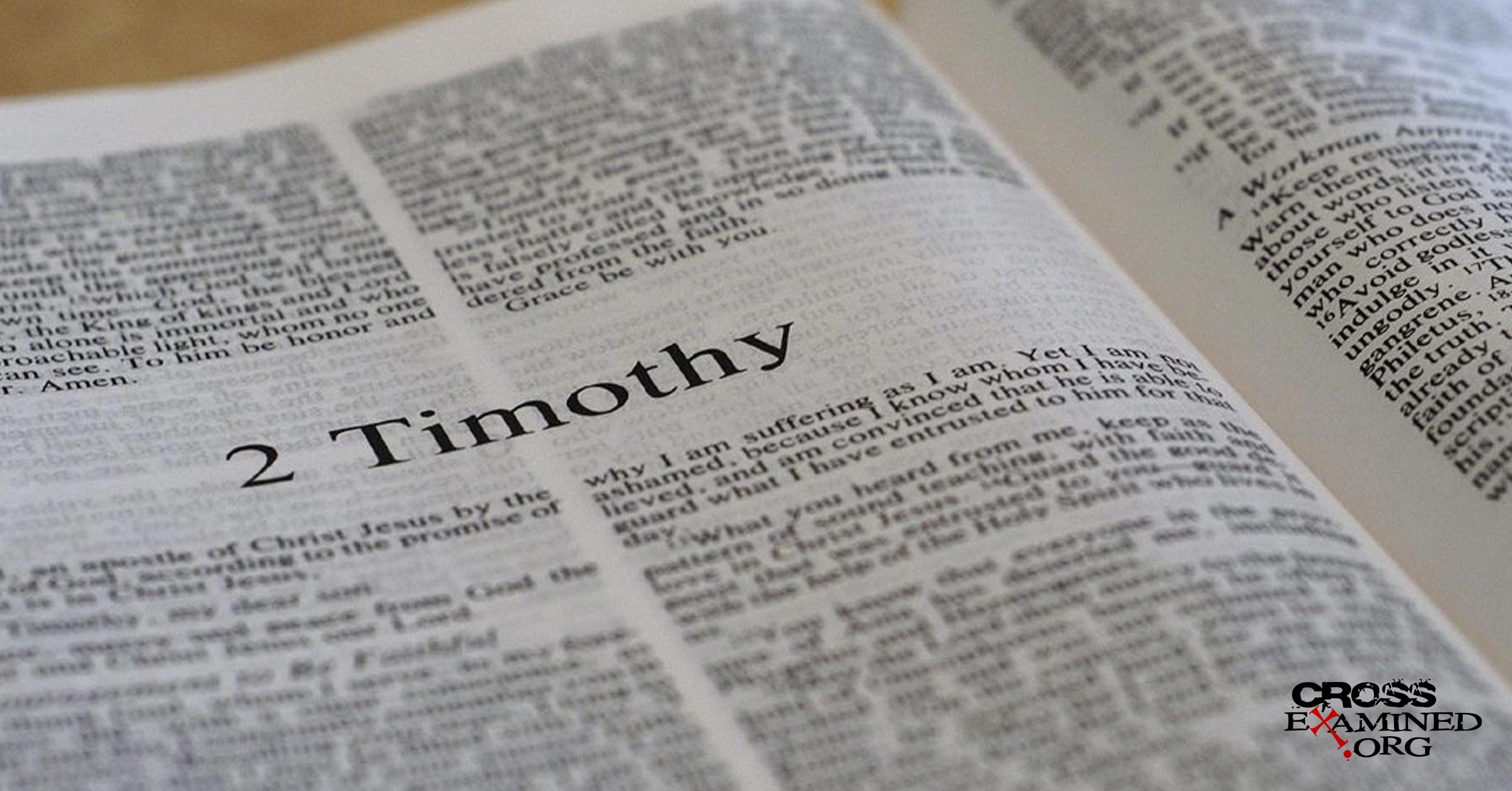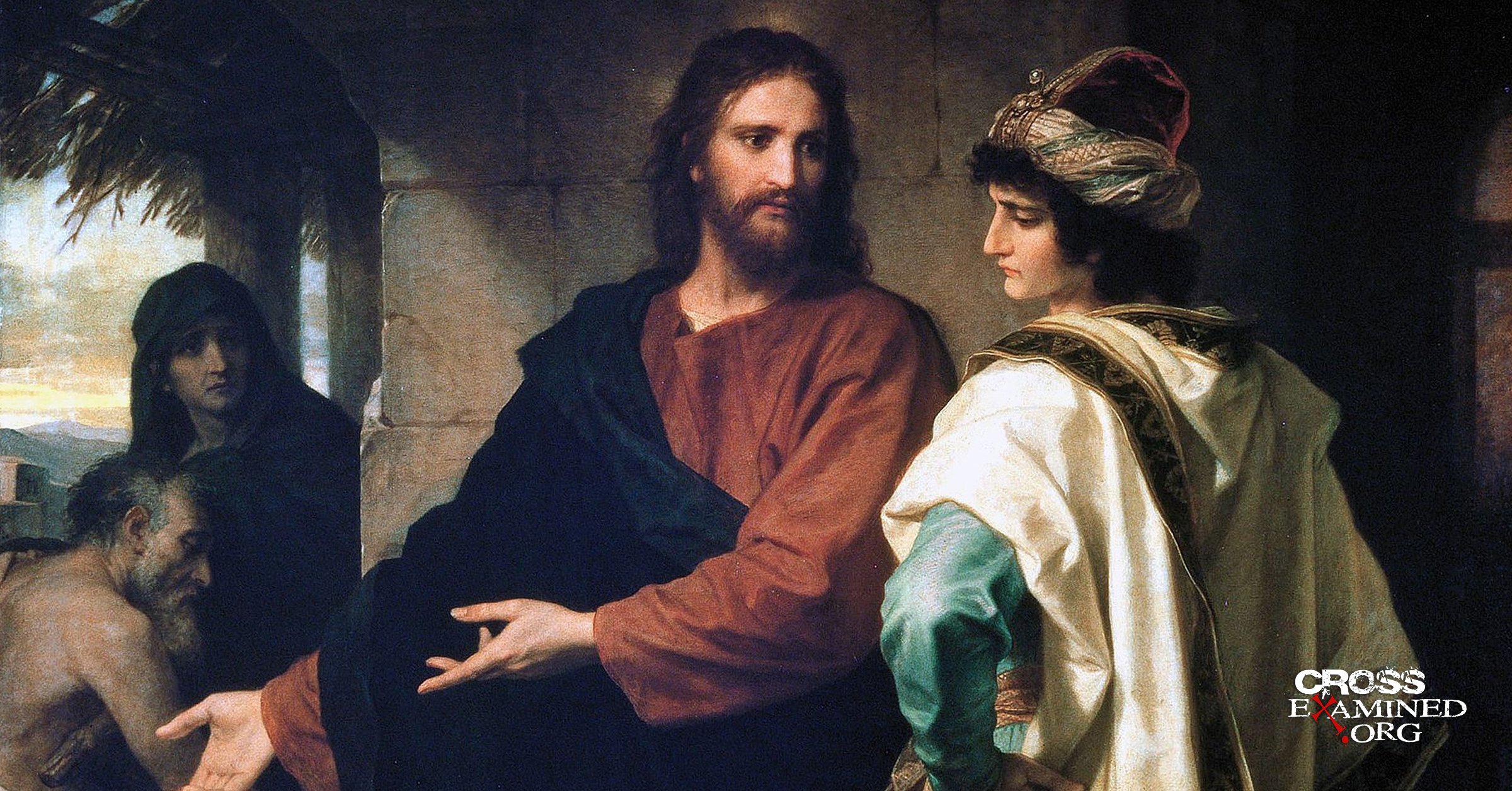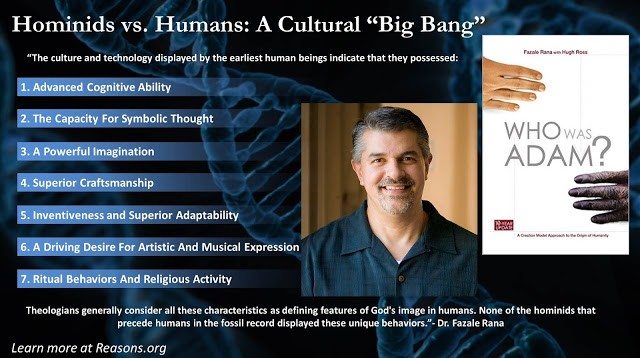By Erik Manning
In his letter to the Romans, we learn that Paul was accused of lying in order to bring more glory to God. Some slanderously claimed that Paul would say, “let us do evil that good may result.” Paul, not known to mince words, responded tersely: “their condemnation is just!” (Romans 3:4-8)
For Paul, lying in the name of God was definitely not OK, even if it was for a good cause. But that is precisely what the Pastoral epistles do, according to critical scholars like Bart Ehrman. Allegedly someone wanted to borrow Paul’s gravitas and so used his name to address some in-house church issues, particularly in 1 and 2 Timothy.
In my first post, I went into detail the positive case for the Pauline authorship of the letters to Timothy. Today we’ll listen to the critics and see just how strong their arguments are.
UnPauline Vocabulary?
One of the more popular objections to Pauline authorship is the difference in vocabulary between the undisputed letters of Paul and the Pastorals. Here’s noted biblical scholar Bart Ehrman:
“There are 848 different words used in the pastoral letters. Of that number 306-over, one-third of them! –do not occur in any of the other Pauline letters of the New Testament. That’s an inordinately high number; especially given the fact that about two-thirds of these 306 words are used by Christian authors living in the second century. This suggests the author is using a vocabulary that was becoming more common after the days of Paul, and that he too, therefore, lived after Paul.” (Forged: Writing in The Name of God – Why The Bible’s Authors Are Not Who We Think They Are. Pg 112)
If you don’t find this too persuasive of an argument, I can’t say that I blame you. We all know that we use a different range of vocabulary based upon our audience. Paul’s letter to Timothy was a personal letter written to one of his spiritual sons and a fellow minister of the gospel, unlike his letter to the Romans, a large church body whom he hadn’t met yet. It’s not hard to see why his vocabulary is different.
Allow me to give an example from everyday life. I’ve been a supervisor before. I’m going to write an email differently writing to an individual under me who I’ve built some rapport with vs. an email that I’d address the whole company with. Moreover, even in my own blogs, I’ve written about sports and apologetics. My vocabulary changes quite a bit, depending on my audience. I don’t tend to write about baseball the way I write about apologetics. And I certainly don’t text my wife the way I blog for an audience! (I can’t see myself using the word “moreover” in a text to my wife.)
Even Ehrman himself suggests that this isn’t all that strong of an objection to Pauline authorship. Quoting Ehrman: “Probably not too much stock should be placed in mere numbers. Everyone, after all, uses different words on different occasions, and most of us have a much richer stock of vocabulary than shows up in any given set of letters we write.”
Does Faith Mean Something Different in The Pastorals Than It Does in Paul’s Other Writings?
So Ehrman moves his focus from the word-statistics to how the way the words are used in the Pastorals. Here’s Bart again:
“In books such as Romans and Galatians faith refers to the trust a person has in Christ to bring about salvation through his death. In other words, the term describes a relationship with another; faith is a trust “in” Christ. The author of the Pastorals also uses the term “faith.” But here it is not about a relationship with Christ; faith now means the body of teaching that makes up the Christian religion. That is “the faith” (see Titus 1:13) Same word, different meaning.” (Forged, p 113)
But hang on a second! That just isn’t true. Paul mostly does use the word ‘faith’ in the manner that Bart says, but he also does use it to refer to a body of doctrine at times in his undisputed letters. Here are some examples:
1 Corinthians 16:13 (ESV) “Be watchful, stand firm in the faith, act like men, be strong.”
2 Cor 13:5 “Examine yourselves, to see whether you are in the faith…”
Gal 1:23 “They only were hearing it said, “He who used to persecute us is now preaching the faith he once tried to destroy.”
Phil 1:27 “Only let your manner of life be worthy of the gospel of Christ, so that whether I come and see you or am absent, I may hear of you that you are standing firm in one spirit, with one mind striving side by side for the faith of the gospel.”
I’d argue that Ehrman’s just wrong here to suggest that Paul doesn’t use different shades of meaning when he’s using the word ‘faith.’ He doesn’t use it in a wooden manner that has only one definition.
Do The Pastorals Disagree with Paul’s Teaching On Marriage in 1 Corinthians 7?
Another objection that Bart raises is Paul’s idea of marriage elsewhere doesn’t match in the Pastoral letters. Here again, is Dr. Ehrman:
“In 1 Corinthians 7, Paul is insistent that people who are single should try and remain single, just as he is. His reason is that the end of all things is near, and people should devote themselves to spreading the word, not establishing their social lives. But how does that square with the view in the Pastorals? Here the author insists that the leaders of the church be married. In Paul’s letter, it’s better to not be married; in the Pastorals, it is required that people (at least church leaders) be married.” (Forged p 114)
But this ignores the context of 1 Corinthians 7. Paul says that he wishes that all were as he was (celibate), but he says that not everyone has the same gift, and his wish was not the same as a command. He starts off the chapter by saying, “because of the temptation to sexual immorality, each man should have his own wife and each woman her own husband.” (v2)
It’s not hard to imagine Paul, thinking prudentially and wanting to avoid sexual scandal, saying that pastors should be the husband of one wife. While Paul thought that celibacy might be the best for some, it wasn’t practical for all. With pastors leading the flock, the less temptation they have to deal with, the better.
Is The Idea of Bishops and Deacons Foreign to Paul?
Bart’s final objection has to do with the church hierarchy. He says that this “probably the biggest problem with accepting the Pastorals as coming from Paul.”
“The one thing Paul does not do is write to the leaders at the church of Corinth and tell them to get their parishioners in order. Why is that? Because there were no leaders at the church of Corinth. There were no bishops and deacons. There were no pastors. There was a group of individuals, each of whom had a gift of the Spirit, in this brief time before the end came. Contrast that with what you have in the Pastorals. Here you do not have individuals endowed by the Spirit working together to form the community. Here you have the pastors Timothy and Titus. You have the church leaders: bishops and deacons. You have hierarchy, structure, organization. That is to say; you have a different historical situation than you had in the days of Paul.” (Forged p 116)
This strikes me as patently false. In Paul’s undisputed letters, there are offices of overseers and deacons.
Paul opens his letter to the Philippians with “Paul and Timothy, servants of Christ Jesus, to all the saints in Christ Jesus who are at Philippi, with the overseers and deacons.” (Phil 1:1) Here the word overseer and bishop are interchangeable. While not as explicit, Paul also does mention that the Thessalonians had church leaders: “We ask you, brothers, to respect those who labor among you and are over you in the Lord and admonish you” (1 Thess 5:12). He also states in Romans that some are gifted to lead (Rom 12:7) and mentions specific church leaders in other places. (Romans 16:1, 1 Cor 16:15-17) If this is the strongest objection against the genuineness of the Pastoral epistles, then color me unimpressed.
The critics’ case for forgery in the name of Paul just doesn’t seem to be all that remarkable. When we weigh the positive case vs. the negative, it seems to be far more probable that the early church got it right. If the critical scholars think that Pastorals are obviously not Pauline based on such flimsy arguments, then why should we not trust them when they tell us that Ephesians or Colossians isn’t Pauline as well? This just goes to show that we shouldn’t uncritically trust the consensus of scholars without carefully examining their arguments.
Recommended resources related to the topic:
The New Testament: Too Embarrassing to Be False by Frank Turek (DVD, Mp3 and Mp4)
Why We Know the New Testament Writers Told the Truth by Frank Turek (DVD, Mp3 and Mp4)
The Top Ten Reasons We Know the NT Writers Told the Truth by Frank Turek (Mp3)
Erik Manning is a former atheist turned Christian after an experience with the Holy Spirit. He’s a freelance baseball writer and digital marketing specialist who is passionate about the intersection of evangelism and apologetics.











